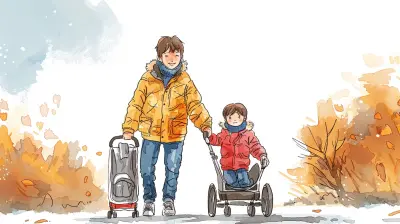The Power of Play: Using Games to Ease Childhood Anxiety
14 October 2025
Let’s be real—childhood isn’t all sunshine, finger painting, and recess. For many kids, it’s also tangled up with fears, worries, and sometimes paralyzing anxiety. And as parents, it’s tough to watch, especially when you feel like you’re not sure how to help. But what if we told you there's a secret weapon that can help ease that anxiety—and it's already sitting in your living room?
Yep, we’re talking about the mighty, magical, and often underestimated power of play.
Believe it or not, games aren’t just a way for kids to pass time or avoid homework. When used mindfully, play can be a powerful tool to help children manage and overcome anxiety. So grab your Uno cards, revisit those LEGOs, and sit down for some pretend tea—because it’s game time with a purpose.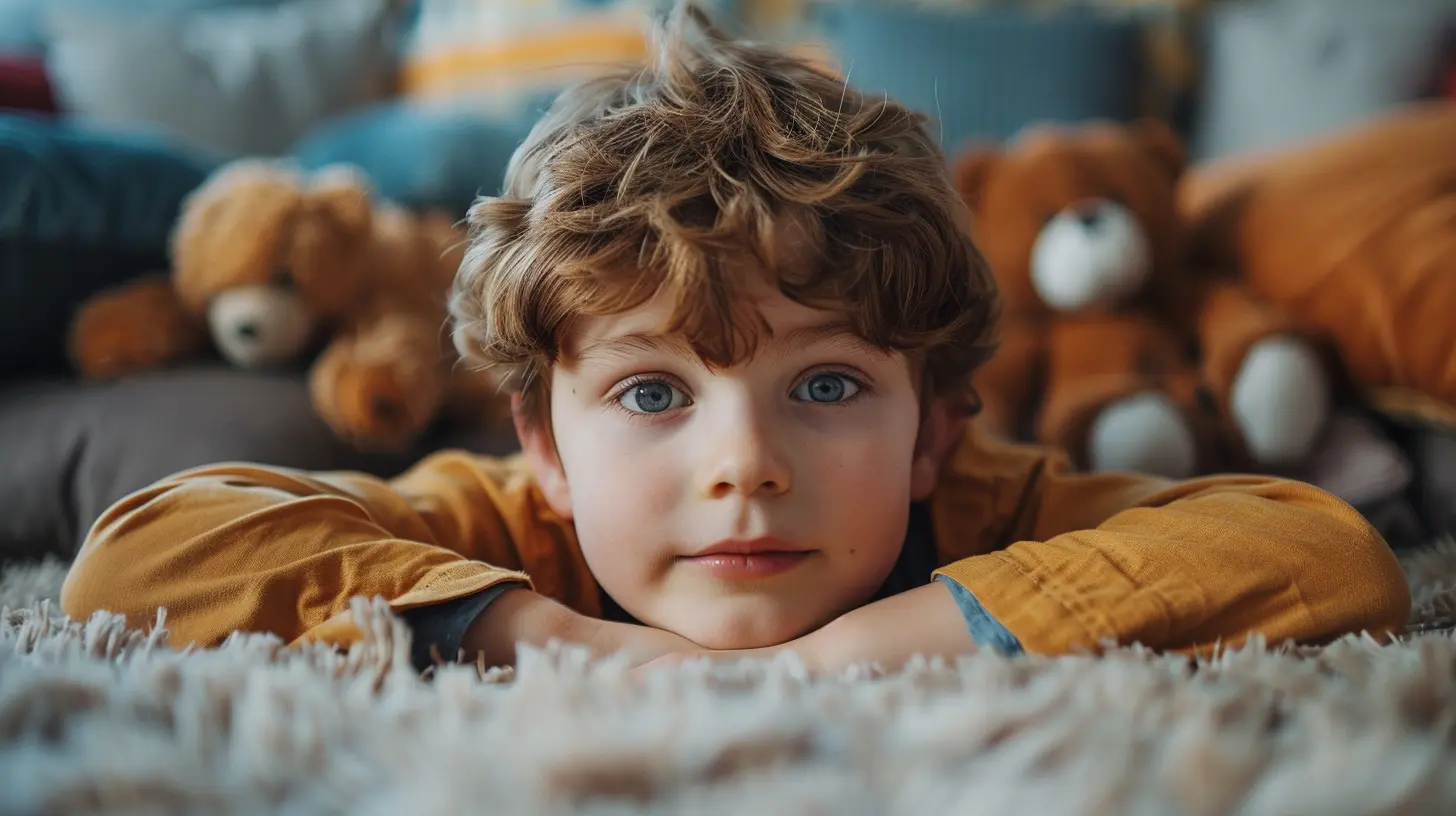
What Is Childhood Anxiety, Really?
Before we dive into how games can help, let’s quickly talk about what childhood anxiety looks like.Anxiety in kids can wear many disguises. It might show up as tummy aches before school, sudden clinginess, unexplained tears, or even bursts of anger. It’s not always easy to spot because kids aren’t exactly sitting down with us saying, “Mom, I’m dealing with a bit of anticipatory anxiety today.”
Anxiety is essentially the brain sounding alarm bells about situations that might not actually be dangerous. It’s like a smoke detector going off when someone burns toast. The result? A child who freezes up over a simple task or avoids things altogether.
And folks, it’s common. According to the CDC, approximately 7% of children aged 3-17 experience anxiety issues. So don’t panic—you’re not alone.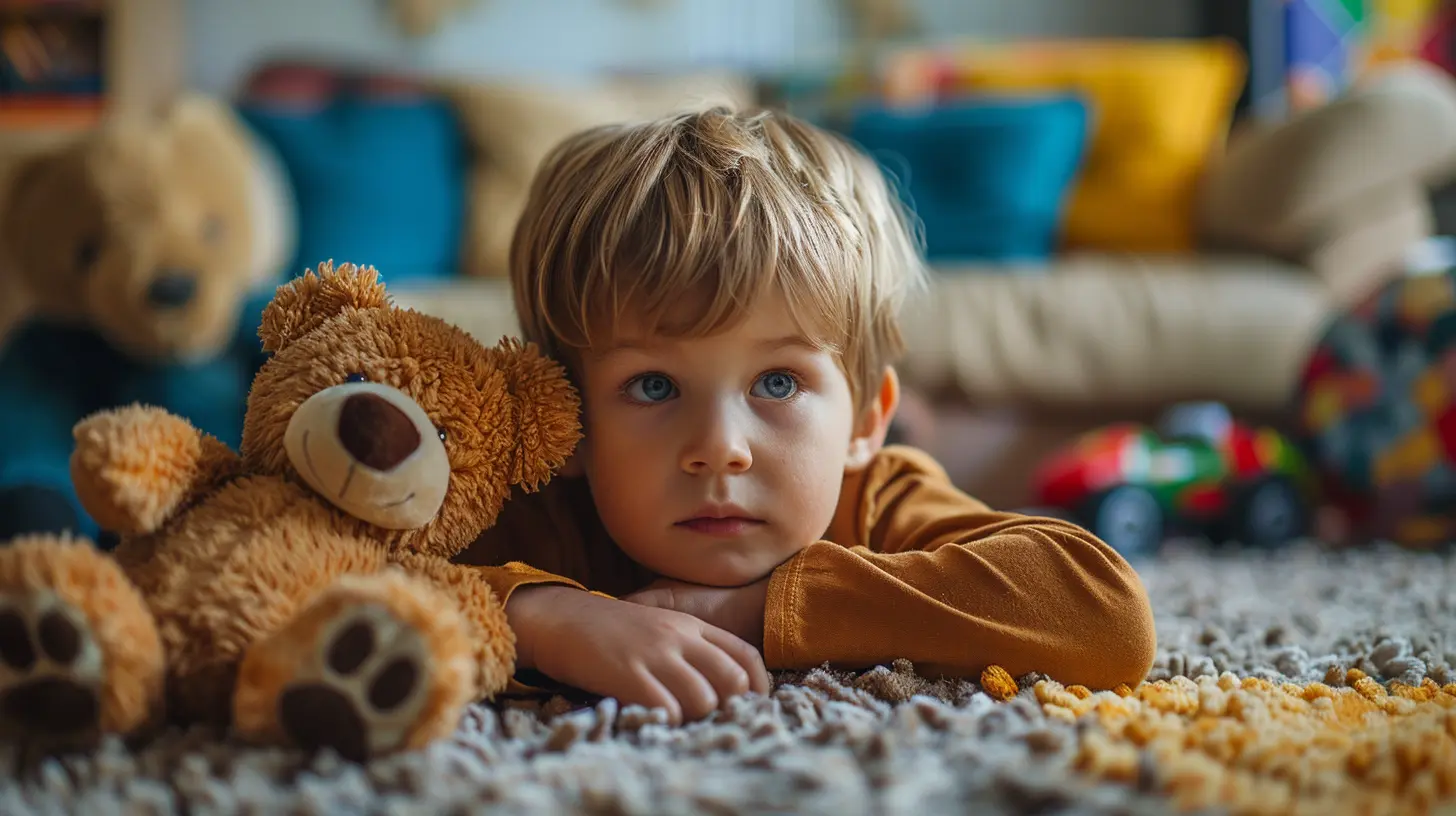
Why Play Works: The Brain Science Behind the Fun
Here’s a fun fact: kids learn through play. But it goes so much deeper than just "learning."Play activates the parts of the brain involved in emotion regulation, decision-making, and social interaction. It’s like a workout for their nervous system that helps them process big feelings in small, manageable doses.
Think of play as a safe sandbox for real-life fears. When a child plays out a scenario—like pretending to be a superhero capturing a villain—it allows them to indirectly explore feelings of fear, bravery, control, and resolution. All without a lecture or a therapy session (though those have their place too!).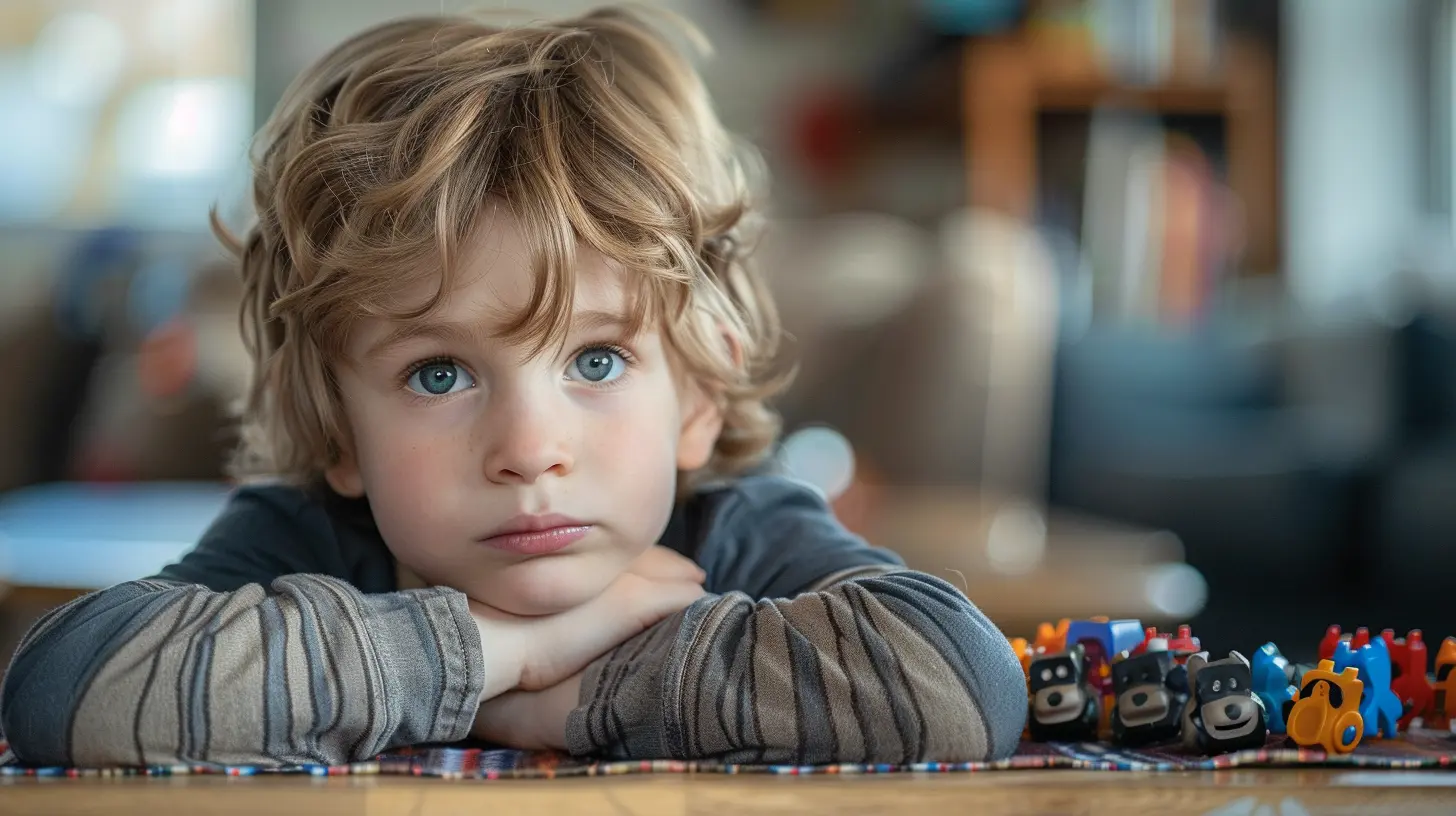
Games = Connection + Coping
When you play with your child, you're not just passing time—you’re building a bridge. That connection gives kids a safe space to open up, experiment with emotions, and feel accepted.For anxious kids, this is gold. It provides:
- Predictability: Games often have clear rules and outcomes, which can calm the chaos in their minds.
- Mastery: Winning or just improving at a game boosts their sense of confidence.
- Distraction: Sometimes, just shifting focus from the worry helps ease the anxiety cycle.
- Expression: Whether it’s role-playing or drawing, games give an outlet to express what they can’t always say.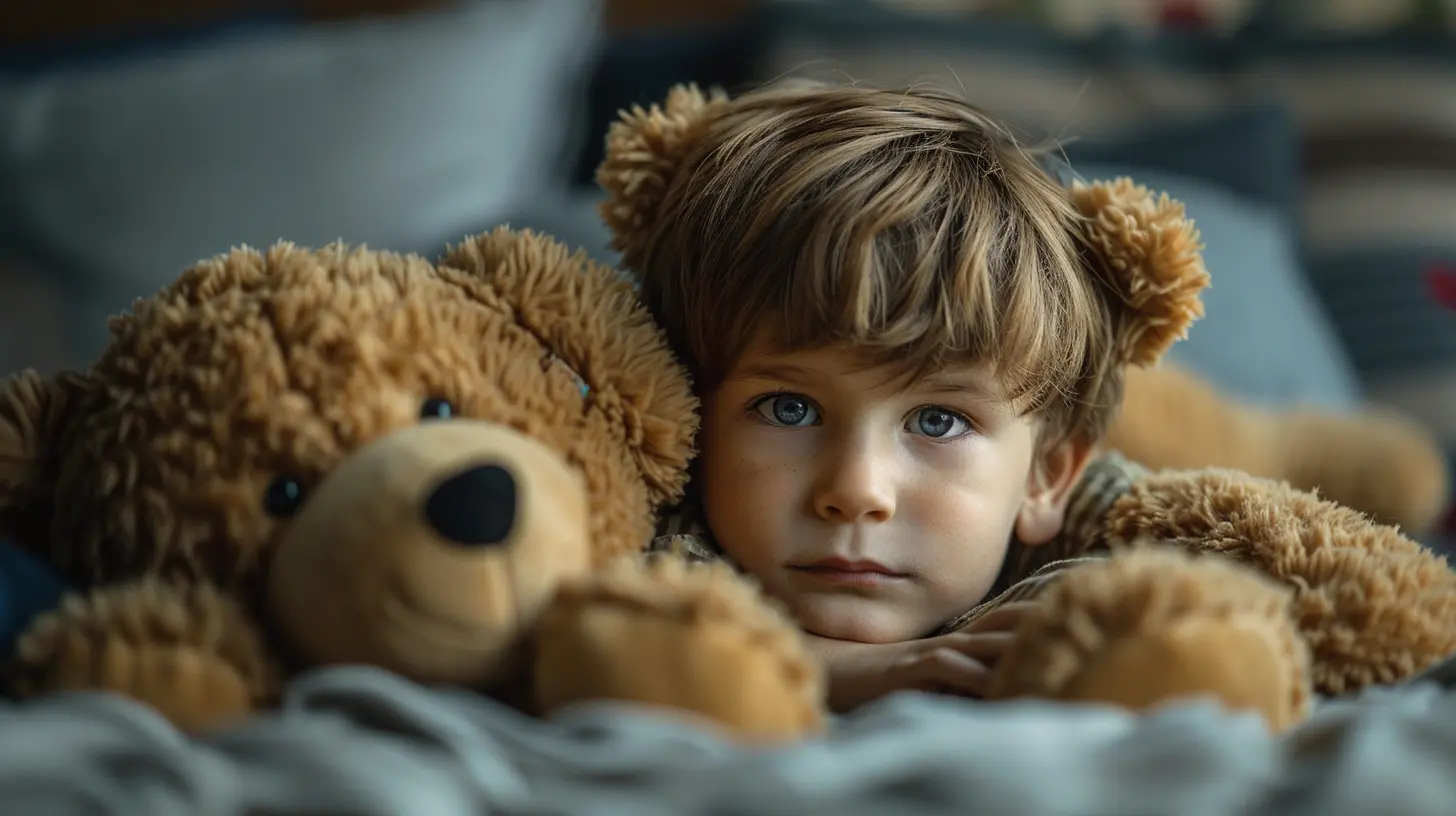
Types of Games to Help Ease Anxiety
Not all games are created equal when it comes to soothing anxiety. Some are better geared to help kids process emotions, build resilience, and learn coping strategies.Let’s sketch out the best game categories for managing childhood anxiety.
1. Pretend Play: The Anxiety Playground
Pretend play gives kids a chance to control their environment—something anxious children crave.Ever notice how your child becomes the teacher when playing school? Or the fearless firefighter saving their stuffed animals? That’s not random. It’s their way of rewriting the script and working through fears.
You can encourage this with:
- Dress-up clothes
- Puppets
- Action figures
- Dollhouses
Let them take the lead. You’ll be amazed what their imaginations spill out when the pressure’s off.
2. Board Games That Teach Emotional Regulation
There are games designed specifically to help children identify and manage emotions, but even classic board games can help if approached with intention.Try:
- The Ungame – great for open conversations.
- Feelings in a Jar – prompts discussions about emotions.
- Emotional Rollercoaster™ – focuses on coping strategies.
- Snakes and Ladders – use it to talk about ups and downs in life.
Even games like Jenga or Operation can help kids practice focus and calm under “pressure” (plus, they’re just plain fun).
3. Movement Games: Shake Out the Worry
Physical activity does wonders for anxious little bodies. When kids move, their bodies release endorphins, aka the “happy” chemicals.Try games like:
- Simon Says
- Duck Duck Goose
- Dance-offs
- Scavenger hunts
These games also teach impulse control, attention, and body awareness—all great for managing anxiety.
4. Creative Play: Art & Building Games
Sometimes, kids can’t talk about what’s bothering them. But they can draw it.Creative games tap into a different part of the brain that allows self-expression on a non-verbal level. Give them:
- LEGOs or building blocks
- Drawing tools or coloring books
- Modeling clay
- DIY crafts
You might be surprised how a pile of LEGOs turns into a “worry monster” one day. Let that be your cue to ask gentle, curious questions.
How to Incorporate Play Into Your Child’s Routine
Okay, so we’ve covered the “why” and the “what.” Now let’s tackle the “how.”Here’s the secret: don’t overthink it.
You don’t need a therapist’s office, a fancy game room, or even more than 15 minutes at a time. You just need to show up. That’s it.
Start Small
Begin by dedicating 15–20 minutes a day to uninterrupted play. No phones. No dishes. Just you and your kiddo.If you’re not sure how to start, just ask: “Want to show me how to play that game?” Trust me, they’ll be thrilled to take the lead.
Let Them Be the Boss
Especially for anxious kids, giving them some control during play is empowering. Follow their cues. If they name their doll “Worry Wanda” and put her in a pretend jail, roll with it.Play is their language. We just need to learn how to listen.
Use Games to Talk... But Not Always
Sometimes games are a window into their emotional world—and sometimes they’re just fun. Don’t force deep conversations every time.You’ll know when the moment is right. And when it is, use open-ended questions like:
- “What was your character feeling when that happened?”
- “Do you ever feel like that in real life?”
- “What would make your character feel less scared?”
Keep it casual, and they’ll open up naturally.
When Play Isn't Enough
We’re big believers in the power of play—but it’s not a cure-all. If your child’s anxiety becomes overwhelming or starts interfering with school, sleep, or friendships, it might be time to seek professional help.Therapists who specialize in child anxiety often use play therapy, so your efforts at home can be a wonderful complement to professional support.
Remember: You’re not failing if your child still struggles. You’re showing up. You’re trying. And that counts for everything.
Final Thoughts: Let’s Keep It Playful
Let’s be honest—parenting comes with enough pressure. So don’t let this article become another thing on your to-do list. Use it as a gentle reminder of something that’s already built into your child’s world: play.It doesn’t have to be perfect. It doesn’t have to be long. It just has to be real.
Anxious kids don’t need you to fix everything. They need you to sit beside them—in the block tower, at the game board, or in the pretend café—and say, “I’m here.”
Because sometimes, the best way to calm a storm is to color with it.
FAQs About Play and Childhood Anxiety
Q: What age group does play help the most with anxiety?A: Play is beneficial at any age, but it's especially effective for toddlers through elementary ages when verbal expression is still developing.
Q: My child doesn’t seem interested in games. What should I do?
A: Try different types of play—maybe they don’t like board games but love drawing or pretending. Follow their interests.
Q: How often should we play together?
A: Even 15 minutes a day of focused play can make a huge difference. It’s about quality, not quantity.
Q: Can video games help ease anxiety?
A: Yes and no. Some calming or creative video games (like Minecraft in creative mode) can help, but too much screen time can increase anxiety in some children. Balance is key.
all images in this post were generated using AI tools
Category:
Dealing With AnxietyAuthor:

Austin Wilcox
Discussion
rate this article
1 comments
Uri Vaughn
Play truly nurtures joy and eases worries beautifully!
October 21, 2025 at 3:01 PM

Austin Wilcox
Thank you! I'm glad you see the positive impact of play on joy and anxiety. It’s a powerful tool for healing!

